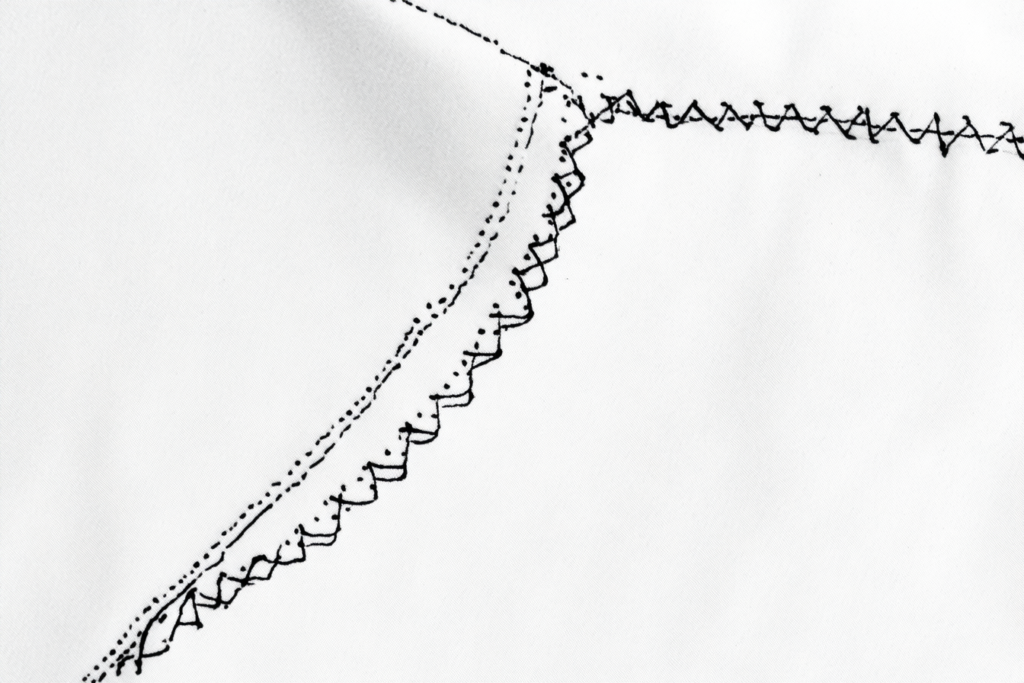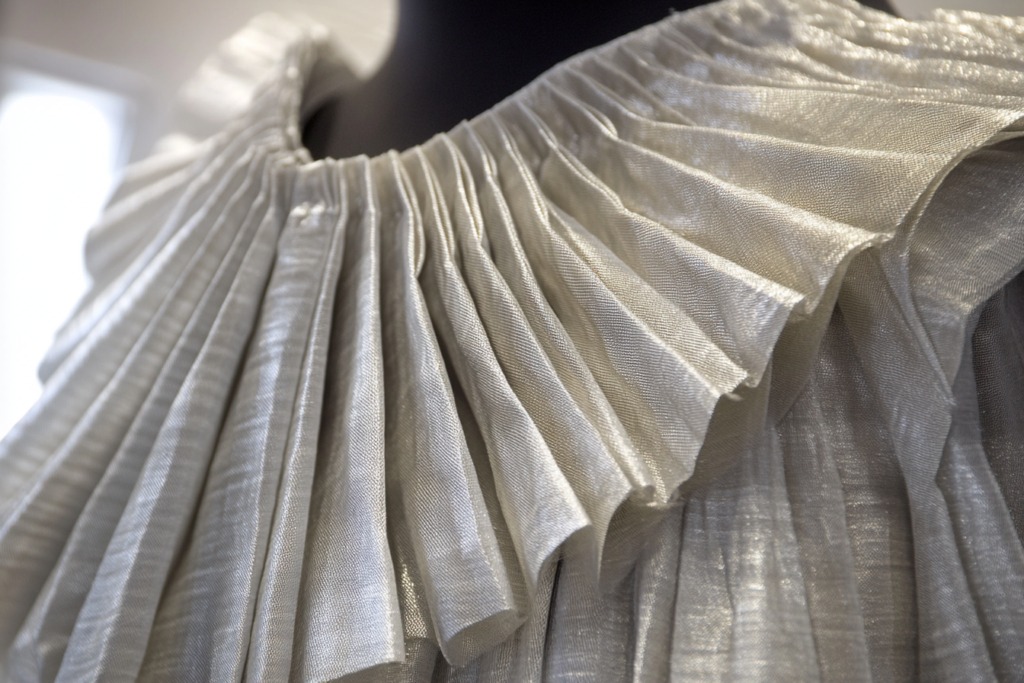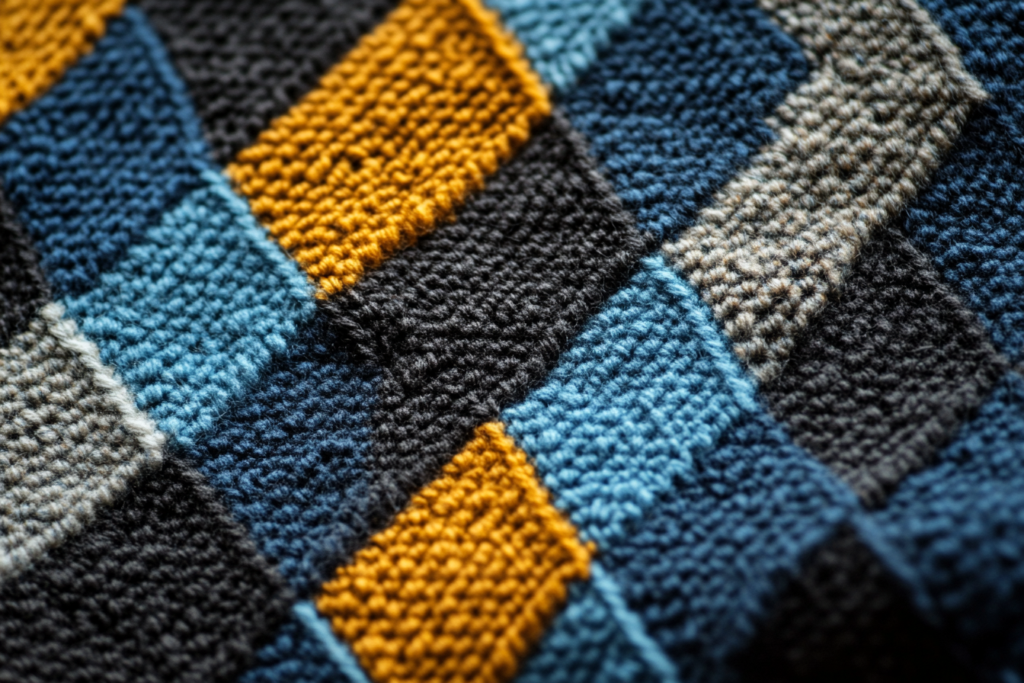Swing Tack: A Small Stitch with Big Impact in Garment Construction
Meta Description: The swing tack is a stitch used to attach the bottom edge of a garment to the body with a triangular stitch. Learn how this small but essential technique contributes to garment durability and design.
What is a Swing Tack?
A swing tack is a small, specialized stitch used in garment construction to join the bottom edge of a garment to the body. This stitch typically forms a triangular shape, which adds both strength and flexibility to the garment’s structure.
Commonly used in skirts, dresses, and pants, the swing tack helps to secure a hem or lining while allowing the garment to move freely. It is an effective solution for preventing the bottom edge from shifting or unraveling, particularly in garments that need to maintain a crisp, clean finish.


Why is a Swing Tack Used in Garment Construction?
The swing tack is a simple yet vital technique that addresses several issues in garment production. Here’s why it’s important:
1. Adds Durability and Strength
Swing tacks help prevent shifting or fraying at the bottom edge of a garment. The triangular stitch provides an extra layer of reinforcement, ensuring that the fabric remains intact after prolonged use and frequent washing.
2. Maintains Shape and Structure
In garments like skirts or dresses, where the lining or hem is attached, swing tacks help the fabric maintain its shape. The stitch prevents the fabric from sagging or bunching, especially when the garment is subjected to movement or stress.
3. Provides Flexibility
Unlike a regular seam, which may be too rigid, the swing tack allows the bottom edge to move freely, giving the garment more comfort and flexibility while still keeping it neatly in place.
4. Clean and Professional Finish
Swing tacks are typically invisible when applied correctly, meaning they don’t interfere with the overall appearance of the garment. This contributes to a polished, professional finish—especially important in high-end tailoring.
How to Sew a Swing Tack
The process of creating a swing tack is relatively simple, but requires precision to ensure that the garment is properly secured without affecting its flexibility or movement.
Step 1: Prepare the Fabric
Start by ensuring that the bottom edge of the garment (such as the hem or lining) is properly positioned. The garment should be pressed to remove any wrinkles, allowing the fabric to lie flat and in the correct shape.
Step 2: Create a Triangular Stitch
Use a needle and thread to create a small triangular stitch at the bottom edge of the garment. The stitch should form a small “X” shape, with the threads crossing at a diagonal angle to form the point of the triangle.
- Insert the needle from the outside of the garment, going through the bottom edge.
- Pull the needle through and go back over the same spot, creating a slight overlap at the point of the triangle.
- The stitch should be tight but not so tight that it causes the fabric to bunch.
Step 3: Repeat Along the Edge
Once the first swing tack is in place, repeat the stitch along the entire bottom edge. Make sure the stitches are evenly spaced for a uniform appearance. The number of swing tacks you need will depend on the length of the edge you’re working with and how much reinforcement is required.
Step 4: Finish and Secure
After the final swing tack is in place, tie off the end of the thread securely to prevent it from unraveling. Trim any excess thread and press the area gently to ensure the swing tacks lie flat and blend seamlessly into the garment.
Applications of Swing Tacks in Garment Construction
Swing tacks are commonly used in the following types of garments and projects:
📌 Skirts and Dresses
- Swing tacks are ideal for skirts and dresses with linings or hem finishes. The tack ensures the lining stays in place without compromising the drapability of the garment.
📌 Pants and Trousers
- For pants and trousers, swing tacks help secure the lining or hem, preventing any discomfort or movement in the garment while also providing extra strength to high-stress areas.
📌 Tailoring and Bespoke Garments
- In custom tailoring, swing tacks are used to neatly finish hems or linings, contributing to the professional look and durability of the garment.
📌 Upholstery
- Swing tacks are sometimes used in upholstery projects where the fabric must be securely attached at the bottom edges without affecting the movement of the material.
Swing Tack vs. Other Stitching Methods
| Stitching Method | Swing Tack | Backstitch |
|---|---|---|
| Purpose | To attach the bottom edge or lining to the garment, with flexibility. | To provide strong, durable seams for general sewing. |
| Appearance | Invisible, small triangular stitch. | Visible and often reinforced for durability. |
| Flexibility | Provides movement without affecting shape. | Less flexible, used for structural seams. |
| Common Use | Darts, skirts, dresses, lining. | Seams, joints, and repairs. |
Illustration of a Swing Tack in Garment Construction
Here is an illustration showing how the swing tack is used to secure the bottom edge of the garment with a small, triangular stitch. This stitch provides reinforcement without affecting the flexibility or drapability of the fabric.

Conclusion: The Role of Swing Tacks in Garment Durability
The swing tack is a simple yet crucial technique in garment construction. It ensures that the bottom edge of the garment stays in place while preserving the fabric’s flexibility and movement. Whether used in skirts, pants, or tailoring, swing tacks provide a clean, durable finish that enhances both the aesthetic appeal and longevity of the garment.
By mastering the swing tack, designers and seamstresses can ensure that their garments are professional, functional, and made to last.



